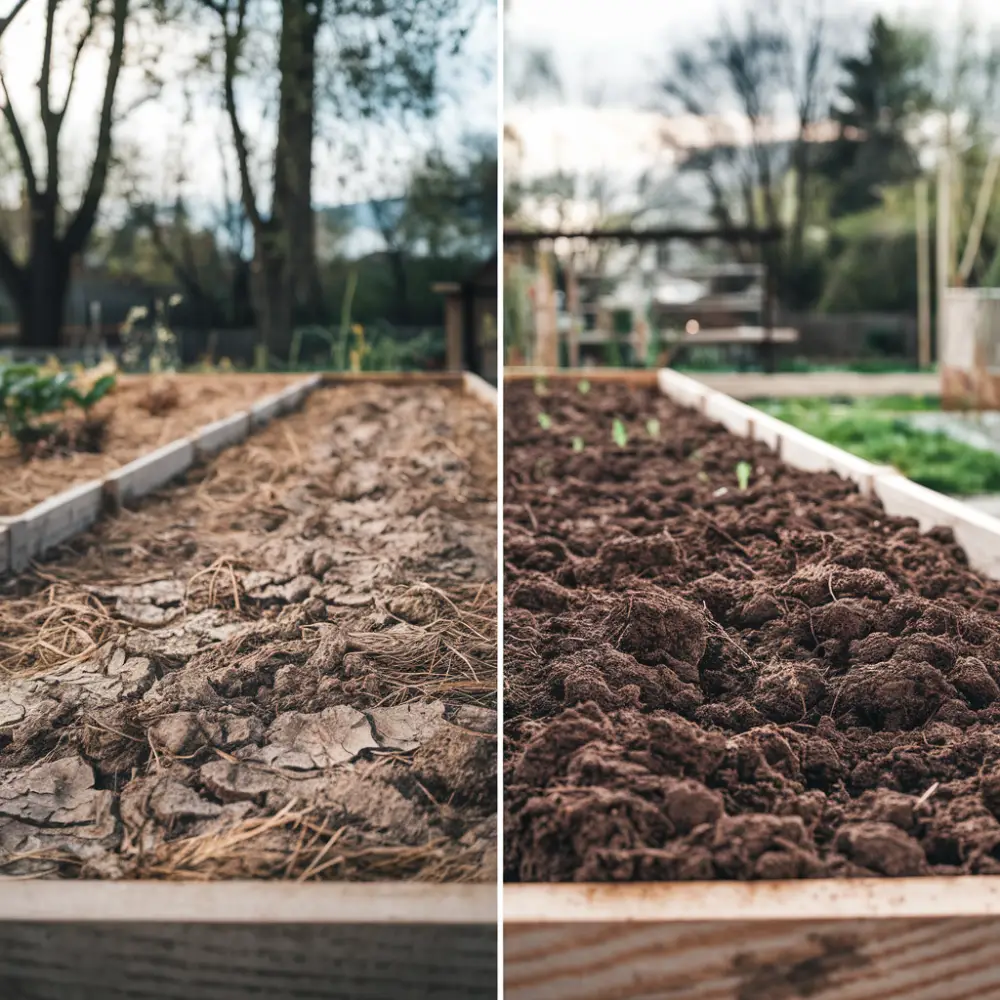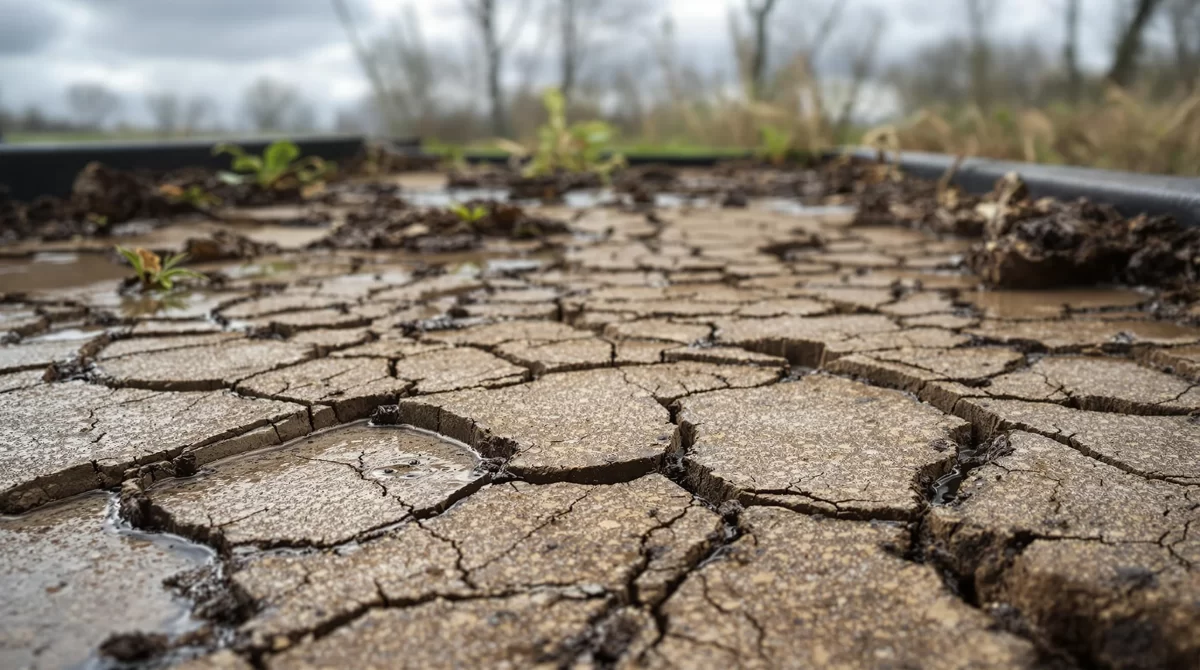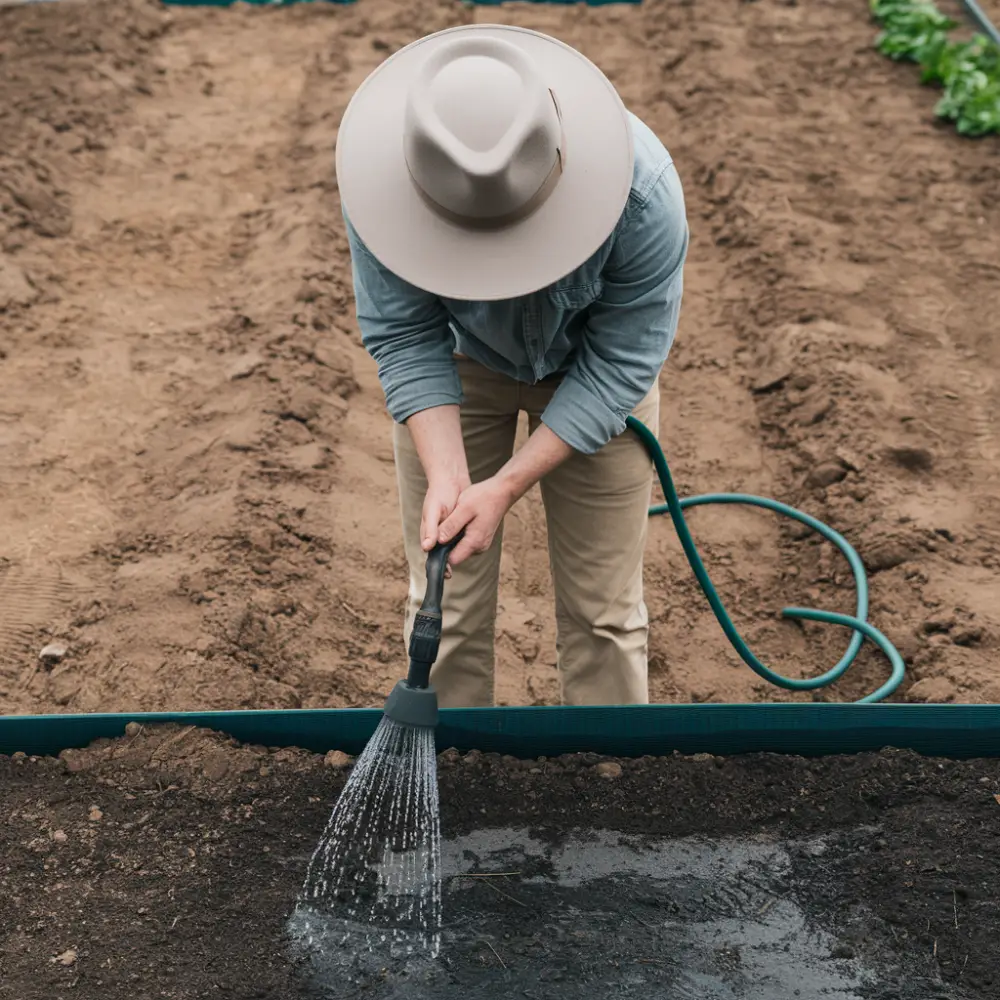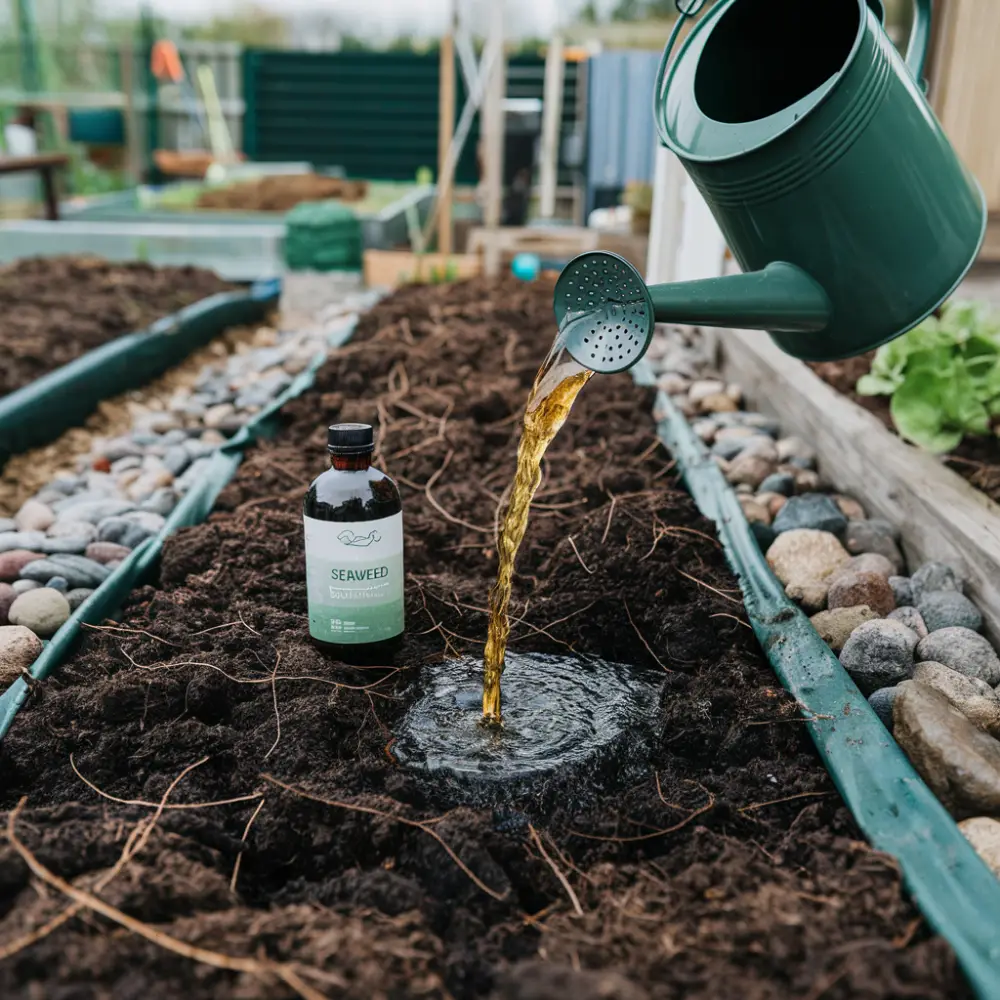When spring rolls around, gardeners everywhere dive into their favorite rituals: selecting seeds, planning layouts, and eagerly waiting to plant. Timing and plant choices often take center stage, but there’s one critical step that many overlook — and it could mean the difference between a thriving garden and a disappointing harvest.

Soil moisture. It’s the hidden factor that quietly determines whether your plants will flourish or struggle. And the secret? Soaking your soil before planting. This simple habit can set the stage for strong, healthy growth, yet it’s one that most gardeners skip. Let’s explore why this step is so important and how to do it right.
Why Winter Leaves Soil Dehydrated
It’s easy to assume that winter’s rain and snow leave your soil perfectly hydrated and ready for spring planting. After all, the ground has been exposed to months of moisture, right? Unfortunately, that’s not the whole story. Winter can actually leave your soil drier than you think, and here’s why.
First, compacted soil is a common issue after winter. Heavy snow, ice, and even the natural settling of soil over time can create a dense, compacted surface. This makes it harder for water to penetrate evenly, leaving some areas overly wet and others bone dry. Uneven moisture levels can wreak havoc on your plants’ ability to establish roots.
Raised beds, a favorite among gardeners, are particularly prone to drying out. Their elevated position allows water to drain more quickly, and by the time spring arrives, the soil in raised beds is often far drier than the surrounding ground. Even if you had plenty of winter precipitation, raised beds can lose moisture faster than you realize.
Finally, dry soil has a sneaky way of resisting water. When soil becomes too dry, it can develop a hydrophobic (water-repelling) surface. Instead of soaking in, water runs off, leaving the soil beneath parched. This creates a vicious cycle where even watering doesn’t seem to help, and your plants are left struggling to access the moisture they need.
What Happens If You Don’t Soak
Skipping the step of soaking your soil before planting might not seem like a big deal, but the consequences can be significant. Without properly hydrated soil, your garden is at risk of several common problems that can set your plants back weeks — or even ruin your harvest altogether.
One of the first issues you’ll notice is poor germination. Seeds need consistent moisture to sprout, and dry soil simply can’t provide that. Even if you water after planting, the uneven moisture levels in the soil can prevent seeds from absorbing enough water to break dormancy. The result? Patchy germination and wasted seeds.

Transplants, too, suffer when planted in dry soil. Moving a young plant from its cozy pot into the garden is already a stressful process, and dry soil only makes it worse. Without adequate moisture, transplants experience shock, which can stunt their growth or even kill them. Instead of thriving, your plants may spend weeks struggling to recover — if they recover at all.
Even established plants can be affected. When soil isn’t properly hydrated, roots have to work harder to find water, which slows down growth and weakens the plant. This can lead to smaller harvests, lower yields, and a garden that never quite reaches its full potential.
How to Do It Right
The good news? Soaking your soil before planting is easy, and it doesn’t take much time or effort. By following a few simple steps, you can ensure your soil is evenly hydrated and ready to support healthy, vigorous growth.
Start by using a slow, steady water source. A soaker hose or deep watering wand is ideal because it delivers water directly to the soil without causing runoff. Avoid using a sprinkler or high-pressure hose, as these can lead to uneven watering and compact the soil further.

Water the soil deeply, allowing the moisture to penetrate several inches below the surface. This is especially important for raised beds, which tend to dry out more quickly. Once you’ve thoroughly soaked the soil, let it sit for 24–48 hours before planting. This waiting period allows the water to distribute evenly and gives the soil time to settle.
After soaking, consider adding a layer of compost or mulch to lock in moisture. Compost not only helps retain water but also adds valuable nutrients to the soil, giving your plants a healthy start. Mulch, on the other hand, acts as a protective barrier, reducing evaporation and keeping the soil consistently moist.
Bonus Tip: Boost Your Soil with Nutrients
If you want to take your soil preparation to the next level, here’s a bonus tip: mix in a liquid seaweed or compost tea while soaking your soil. These nutrient-rich solutions provide an extra boost that can help your plants thrive from the moment they’re planted.
Liquid seaweed is packed with trace minerals and natural growth hormones that promote strong root development and overall plant health. Compost tea, made by steeping compost in water, is another excellent option. It’s full of beneficial microbes and nutrients that improve soil structure and fertility.

To use these solutions, simply dilute them according to the instructions and apply them to the soil as you water. The nutrients will soak into the soil along with the water, ensuring they’re available to your plants right from the start. This small step can make a big difference in the health and productivity of your garden.
Conclusion
Soaking your soil before planting might not be the most glamorous part of gardening, but it’s one of the most important. By taking the time to hydrate your soil properly, you can prevent common problems like poor germination, transplant shock, and slow growth. Plus, with the added bonus of compost or liquid nutrients, you’ll give your plants the best possible start.
As you prepare your garden this spring, don’t skip this crucial step. A little extra effort now can lead to a healthier, more productive garden — and a harvest you’ll be proud of. So grab your soaker hose, hydrate that soil, and get ready to watch your garden thrive!

